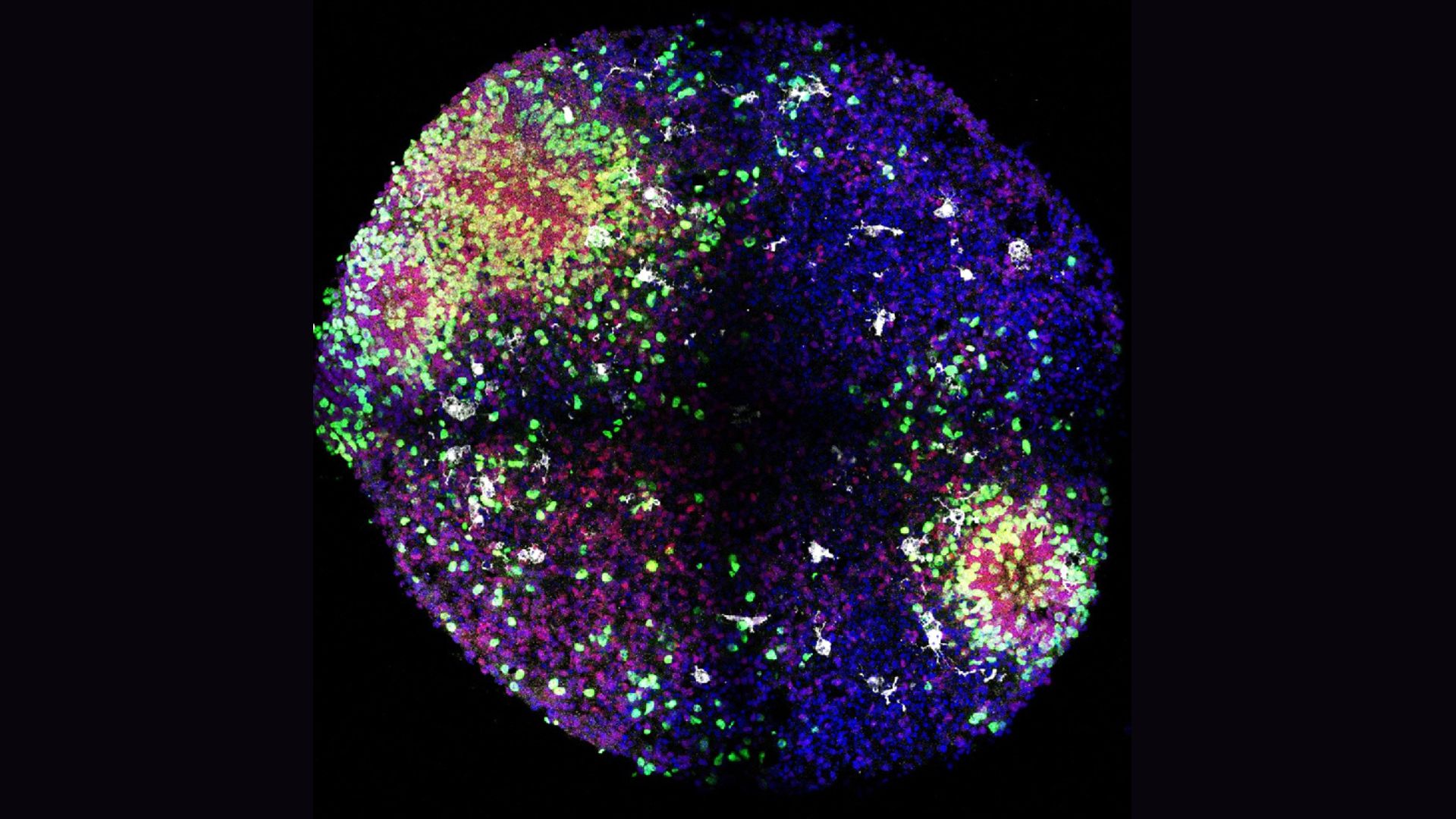Testosterone Prescriptions Nearly Triple in Last Decade

The percentage of middle-aged men in the United States taking testosterone to treat symptoms of low testosterone, or "low T," has increased substantially in recent years, a new study suggests.
Over the last decade, prescriptions for testosterone therapy among men ages 40 and older increased more than threefold, from0.81 percent in 2001, to nearly 3 percent in 2011, the study found.
"This trend has been driven, in large part, by direct-to-consumer marketing campaigns that have targeted middle-aged men, and the expansion of clinics specializing in the treatment of low testosterone — or 'low-T centers,'" study researcher Dr. Jacques Baillargeon, an associate professor in preventive medicine at the University of Texas Medical Branch, said in a statement.
Despite the rise, study results have been conflicting about whether men benefit from the treatment, and to what extent they might be harmed by it.
Testosterone treatments have been shown to increase muscle strength and sex drive, but they can also temporarily decrease sperm count and impair fertility. Some studies have suggested a link between testosterone therapy and prostate cancer.
And while testosterone levels naturally decrease with age, exactly what level constitutes low T, also known as hypogonadism, is controversial. Doctors typically treat men for hypogonadism if they have symptoms of low testosterone and their testosterone levels are below 300 nanograms per deciliter.
In the study, about 50 percent of men who received testosterone treatment were diagnosed with hypogonadism, but about 25 percent did not have their testosterone levels measured before beginning the treatments.
Get the world’s most fascinating discoveries delivered straight to your inbox.
Among men who did have their testosterone levels measured, it's unclear how many truly had low T. Testosterone levels can vary depending on the time of day they're measured, experts say.
"More research is needed to determine the extent to which men with normal testosterone levels and ambiguous symptoms seek and are prescribed [testosterone therapy]," given the concerns about the negative effects of treatment, the researchers wrote in the June issue of the journal JAMA Internal Medicine.
Some symptoms of low T, such as decreased energy and low sex drive, can be caused by other conditions, including depression, Dr. Eli Lizza, a urologist at Lenox Hill Hospital in New York, told LiveScience in an interview last month. And while testosterone treatments can help increase the desire for sex, erectile dysfunction drugs are better treatments for problems maintaining erections, he said.
The new study examined information from a private health insurance database, which included more than 10 million men ages 40 and over.
Because men in the study had health insurance through their employer, the finding may not be representative of the all U.S. men, particularly retired older men, who typically receive health insurance through Medicare, the researchers said.
In an editorial accompanying the study, Dr. Lisa Schwartz and Dr. Steven Woloshin, of the Dartmouth Institute for Health Policy & Clinical Practice, call the low T campaign "a mass, uncontrolled experiment that invites men to expose themselves to the harms of a treatment unlikely to fix problems that may be wholly unrelated to testosterone levels."
"Before anyone makes millions of men aware of low T, they should be required to do a large-scale randomized trial to demonstrate that testosterone therapy for healthy aging men does more good than harm," they wrote.
Follow Rachael Rettner @RachaelRettner. Follow MyHealthNewsDaily @MyHealth_MHND, Facebook & Google+. Originally published on LiveScience.

Rachael is a Live Science contributor, and was a former channel editor and senior writer for Live Science between 2010 and 2022. She has a master's degree in journalism from New York University's Science, Health and Environmental Reporting Program. She also holds a B.S. in molecular biology and an M.S. in biology from the University of California, San Diego. Her work has appeared in Scienceline, The Washington Post and Scientific American.
